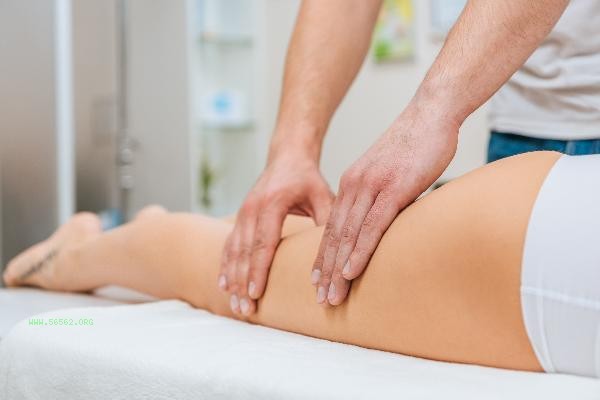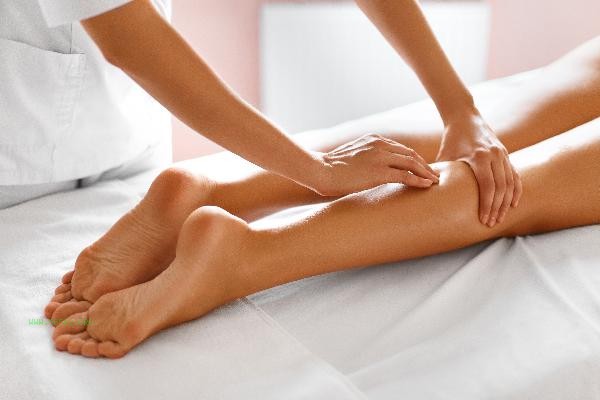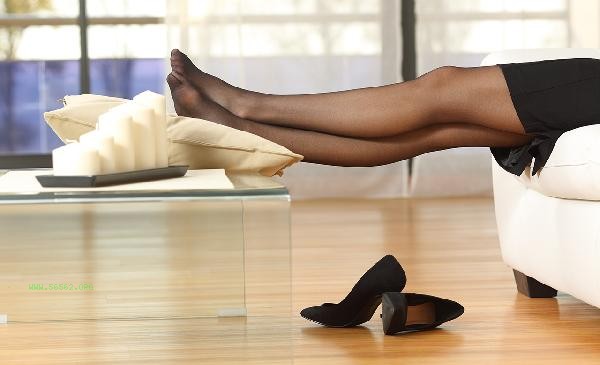The effective methods for exercising legs at home include squats, lunges, wall squats, stair steps, and side lying leg lifts. These movements do not require equipment and are suitable for different physical fitness levels. They can specifically strengthen the thigh, hip, and calf muscle groups.

1. Squat
Squat is a classic exercise for the lower limbs, mainly stimulating the quadriceps and gluteus maximus muscles. Stand with your feet shoulder width apart, sit backwards with your hips when squatting, keep your knees below your toes, and keep your back straight. Difficulty can be increased by adjusting the depth and speed of squats, such as single leg squats or jumping squats. Be careful to avoid knee adduction to prevent joint damage.
2. lunge squat
lunge squat can balance the strength of both legs and improve balance ability. The front and back legs are arched, the front leg knees are bent at a 90 degree angle, and the back leg knees are close to the ground but not touching it. You can hold a water bottle to increase the load, or try variations such as reverse lunges and walking lunges. The movement should control the stability of the center of gravity and avoid excessive forward leaning.
3. Wall squatting
Wall squatting focuses on quadriceps endurance training, with less pressure on the knee joint. Squat with your back against the wall until your thighs are parallel to the ground, align your knees with your toes, and hold for 30 seconds to 1 minute. With the improvement of ability, the duration or single leg practice can be extended. Suitable for rehabilitation training for people with knee joint discomfort.

4. Step Stepping
Use the stairs or stable pedals at home to practice stepping and simulate the action of climbing stairs. Keep your body upright while alternating steps, and use leg strength to lift your body up. It can increase the step height or hold heavy objects to enhance strength. This action can enhance lower limb explosiveness and improve cardiovascular function.
5. Side lying leg lift
Side lying leg lift targets the outer thigh and hip muscles. When lying on the side, keep the lower leg bent and stable, and slowly lift the upper leg straight up to 45 degrees before controlling the fall. Elastic bands can be used to increase resistance or adjust leg lift amplitude to enhance the effect. Pay attention to keeping the pelvis in a neutral position to avoid compensatory force from the waist.

Home leg training should pay attention to movement norms, practice 3-4 times a week, repeat 12-15 times for each set of movements, and complete 3-4 sets. Perform 5-10 minutes of dynamic stretching and relaxation before and after training to avoid muscle stiffness. Combining protein supplementation and adequate sleep can promote muscle recovery. If there is knee pain or discomfort, reduce the weight and consult professional guidance. Long term persistence can improve lower limb lines and increase basal metabolic rate.








Comments (0)
Leave a Comment
No comments yet
Be the first to share your thoughts!